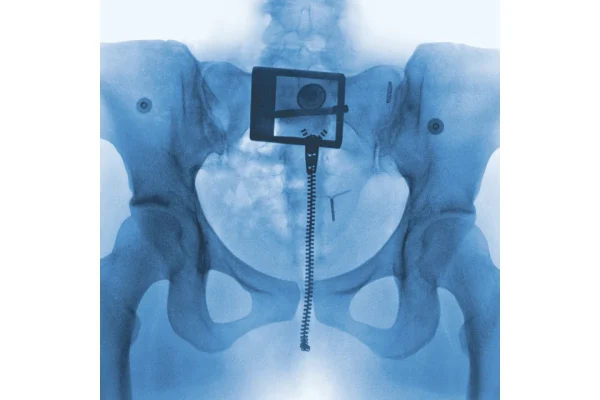A Grizzly’s Guide to a Healthier YOU: HPV and Oropharyngeal Cancer
Photo courtesy of Gabrielle Abdelmessih
Campus Editor and Columnist, Gabrielle Abdelmessih.
Human papilloma virus (HPV) is a large group of related viruses spread through skin-to-skin contact. It is the most commonly transmitted sexually transmitted infection (STI) in the United States, and nearly everyone will get HPV at some point in their lives, according to the CDC. HPV is primarily asymptomatic, so most people don’t even know they were exposed or infected.
While most HPV infections are cleared in the body on their own without treatment and no residing health problems, some can cause genital warts (caused by low-risk HPV strains) or more serious conditions like cancer (high-risk HPV strain not resolved by the immune system). It can take decades before HPV develops into cancer. It is important to point out that the majority of HPV infections — low-risk or high-risk — do not develop into cancer, but that does not mean one shouldn’t take precautionary measures and undergo necessary screening.
The subject of this week’s column, in particular, is the high-risk strain HPV 16, a subtype of HPV most responsible for oropharyngeal cancers. HPV 16 is thought to cause more than 70% of oropharyngeal cancers in the United States. I spoke to Dr. Marvin Jabero, an oral and maxillofacial surgeon and editor of The Livingston Dental Journal, about the virus and preventive measures one can take to protect against HPV.
According to Dr. Jabero, oropharyngeal cancer is cancer of the oral cavity. “You’re dealing with the inside of your cheeks, your tongue, your palate, and as you go down the base of the tongue, the back portion of the throat—where your tonsils are located, your soft palate is located—all of that comprises your oropharyngeal pathway,” Jabero detailed.
“To this day, there’s no real correlation on why or who’s getting it, we just know that it’s pretty prevalent,” Jabero noted. “It’s very interesting that something like this can be so high-risk and be so deadly and patients can’t really be screened for it or know that they have it.”
Currently, there is no test available to test for oral HPV. However, dentists and physicians should look for lesions and palpate the neck during cancer screenings to look for HPV-related cancer as well as other medical conditions.
“Most dental examinations and primary care doctor examinations should always include palpating the neck for lymph nodes.” Jabero emphasized.
For those from the ages of 11-12 to 26, there are HPV vaccines that protect against infection and cancer.
“It’s [HPV vaccine] there to help minimize the spread and minimize the risk of both getting the virus and the virus staying dormant and developing into a cancer much later in life.”
When asked if college students who have not yet been vaccinated against HPV should get the vaccine, Jabero said, “First and foremost, discussing it with your healthcare provider is the first step in making sure it’s something that is appropriate for you. But generally yes, especially for those that are sexually active, it puts you at greater risk.”
Dr. Jabero also underscored minimizing the number of sexual partners and using protection such as condoms, but noted that any area of the skin that is uncovered is at risk for exposure.
“Being safe is your first priority and then obviously discussing vaccination with your primary care provider would be just as important” Jabero said.
For more information about HPV and oropharyngeal cancers, take a look at the following resources:
https://www.cancer.org/cancer/cancer-causes/infectious-agents/hpv/hpv-and-cancer-info.html
https://www.cdc.gov/cancer/hpv/basic_info/hpv_oropharyngeal.htm
Regarding accessing HPV vaccines, take a look at the following resource:
https://www.oakgov.com/health/services/disease-prevention/immunizations/Pages/cost-schedule.aspx








